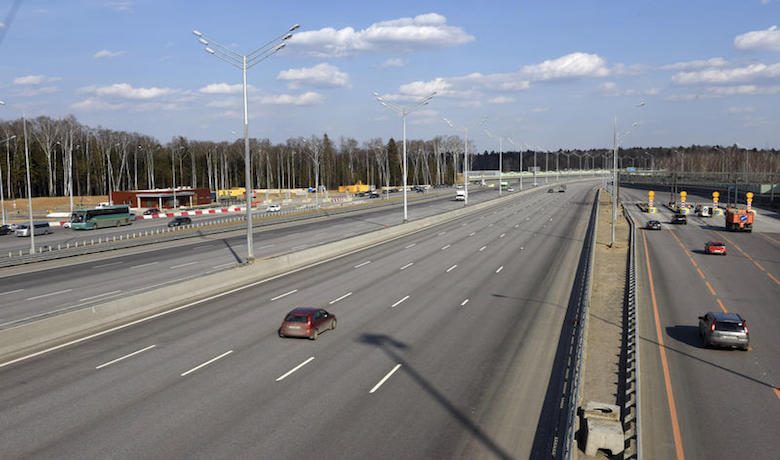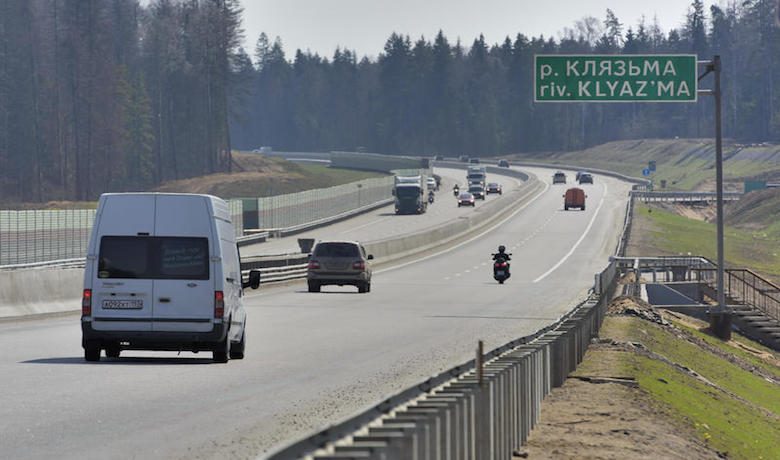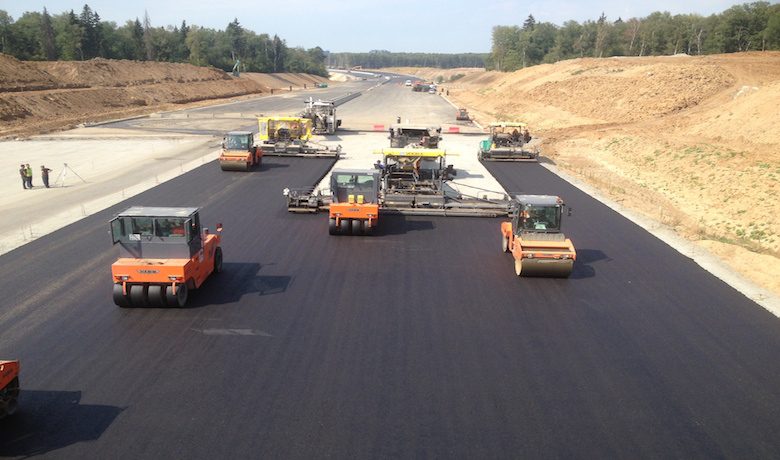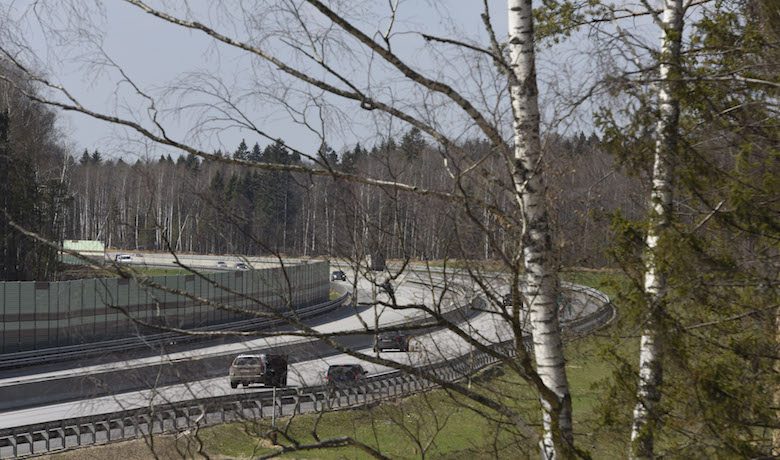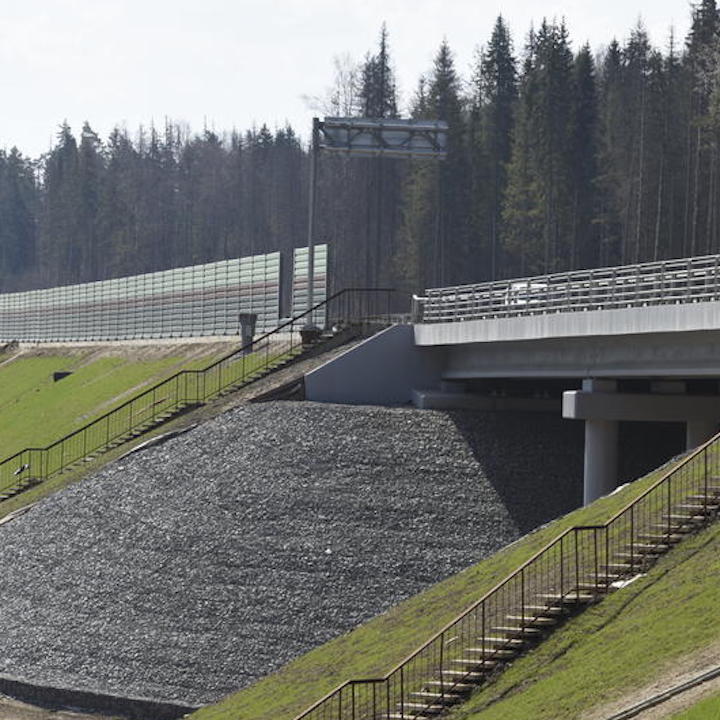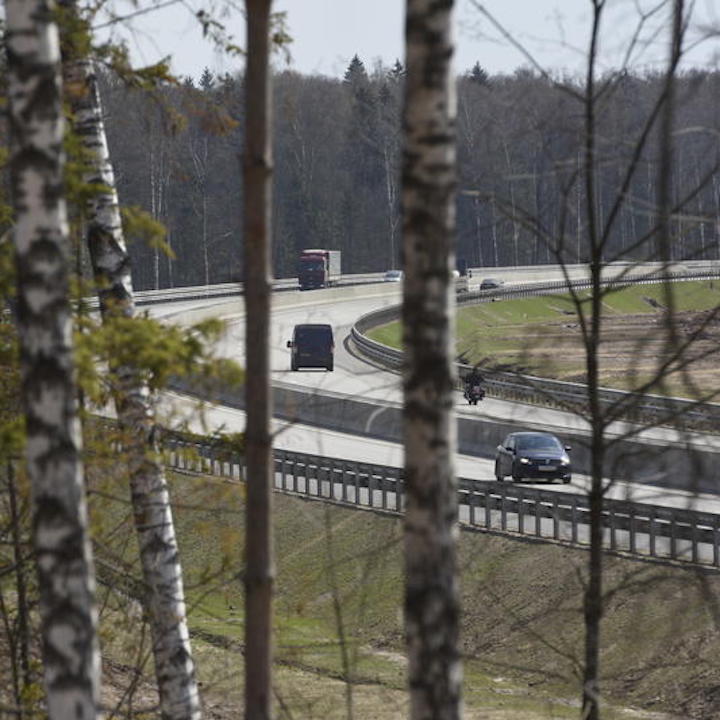BACKGROUND
Since the 1960s, Moscow has experienced soaring demographic growth. Its population has doubled in 50 years to attain 12 million in 2016. Accordingly, car traffic has also grown spectacularly since the end of the 1990s, creating major congestion. That is why municipal authorities decided to build new roadways to ease the flow of traffic. This motorway project focuses on a particularly congested sector (with nearly 140,000 cars every day).
Between Moscow and Saint Petersburg, toll motorway M11 goes from Moscow and crosses an oblast (a Russian term for an administrative region) for 90 kilometres, then Tver (253 km), Novgorod (233 km) and Saint-Pétersbourg (75 km), covering a total distance of about 650 kilometres. Construction of the motorway has been divided into eight sections.
The first segment of the motorway (operated by a consortium that includes VINCI Highways) was inaugurated in 2015.


